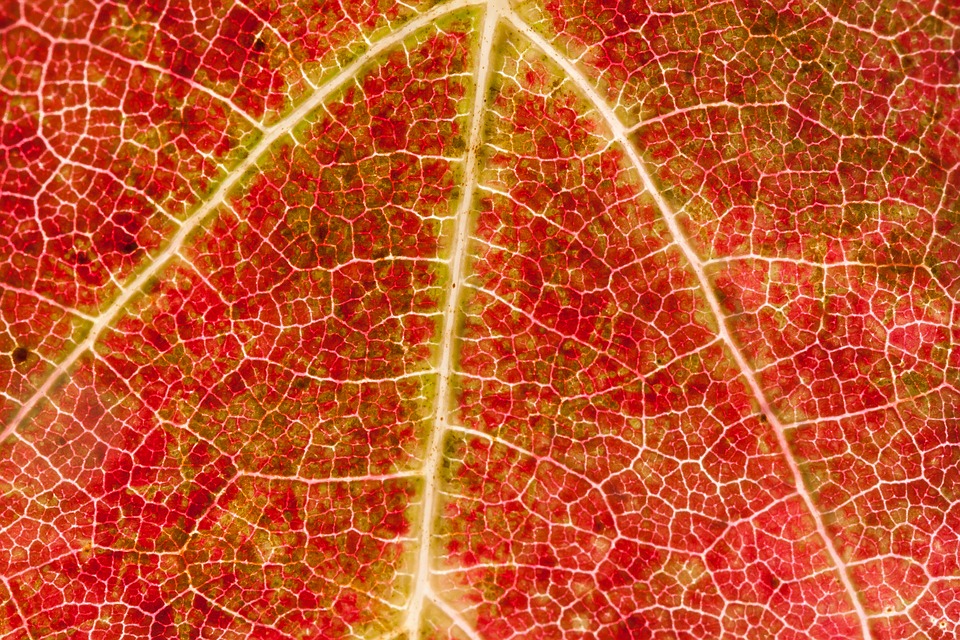Varicose veins are swollen and enlarged veins that usually occur on the legs and feet. They may be blue or dark purple and are often lumpy, bulging or twisted in appearance.
Other symptoms include:
aching, heavy and uncomfortable legs
swollen feet and ankles
burning or throbbing in your legs
muscle cramp in your legs, particularly at night
dry, itchy and thin skin over the affected vein
The symptoms are usually worse during warm weather or if you’ve been standing up for long periods of time. They may improve when you walk around or if you rest and raise your legs.
When to see your GP
If you have varicose veins and they don’t cause you any discomfort, you may not need to visit your GP. Varicose veins are rarely a serious condition and they don’t usually require treatment.
However, speak to your GP if:
your varicose veins are causing you pain or discomfort
the skin over your veins is sore and irritated
the aching in your legs is causing irritation at night and disturbing your sleep
Your GP can diagnose varicose veins based on these symptoms, although further tests may be carried out.
Read about diagnosing varicose veins.
Causes of varicose veins
Varicose veins develop when the small valves inside the veins stop working properly.
In a healthy vein, blood flows smoothly to the heart. The blood is prevented from flowing backwards by a series of tiny valves that open and close to let blood through.
If the valves weaken or are damaged, the blood can flow backwards and collect in the vein, eventually causing it to be swollen and enlarged (varicose).
Certain things can increase your chances of developing varicose veins, such as:
being female
having a close family member with varicose veins
being older
being overweight
having a job that involves long periods of standing
being pregnant
other conditions
Read about the causes of varicose veins.
Treating varicose veins
If treatment is necessary, your doctor may first recommend up to six months of using compression stockings, taking regular exercise and elevating the affected area when resting.
If your varicose veins are still causing you pain or discomfort – or they cause complications – they can be treated in several ways. The most common treatment options include:
endothermal ablation – where heat is used to seal affected veins
sclerotherapy – this uses special foam to close the veins
ligation and stripping – the affected veins are surgically removed
It’s unlikely you’ll receive treatment on the NHS for cosmetic reasons – you’ll have to pay for cosmetic treatment privately.
If you do feel you require treatment, it might help if you print out treatment options for varicose veins to discuss with your GP.
Read about:
Complications of varicose veins
Preventing varicose veins
There’s little evidence to suggest you can stop varicose veins getting worse, or completely prevent new ones developing.
However, there are ways to ease symptoms of existing varicose veins, such as:
avoiding standing or sitting still for long periods and trying to move around every 30 minutes
taking regular breaks throughout the day, raising the legs on pillows while resting to ease discomfort
exercising regularly – this can improve circulation and help maintain a healthy weight
